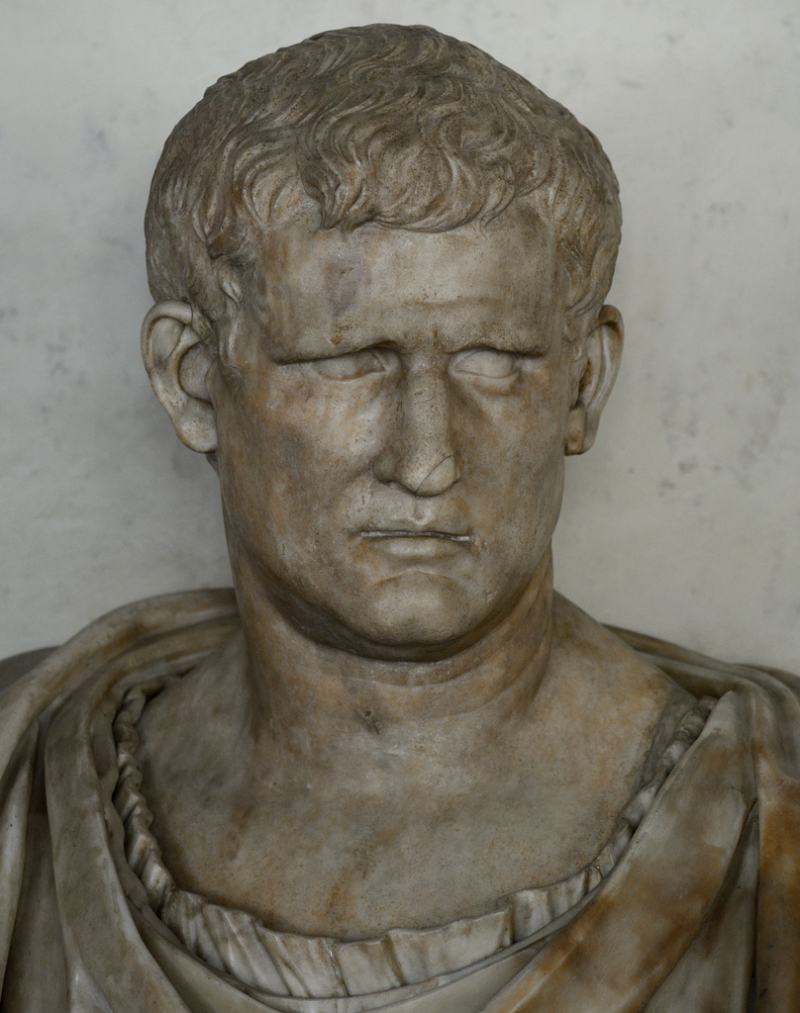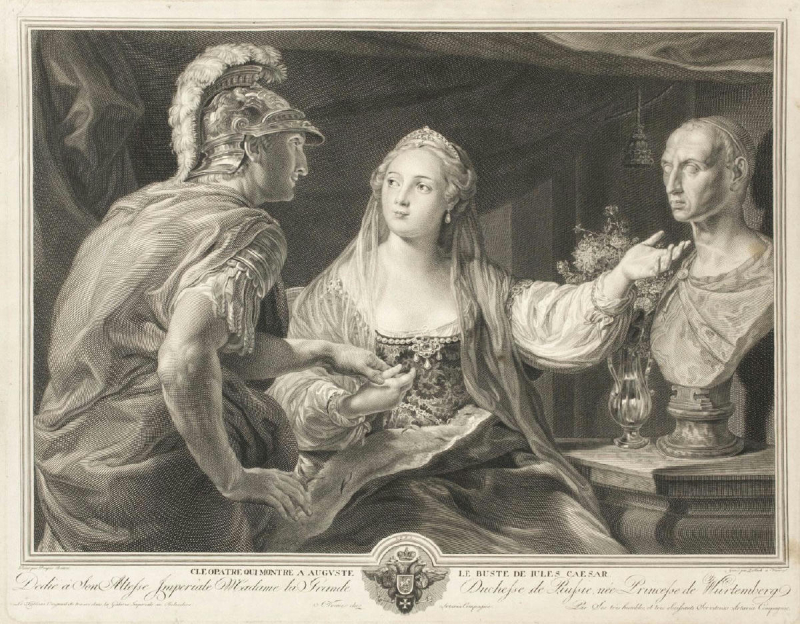Marcus Agrippa helped Emperor Augustus win against Mark Antony and Cleopatra.
After years of sharing power, the moment had come for the final two triumvirs, Octavian and Mark Antony, to compete with one another for control of the Roman world. The battle, also known as the Battle of Actium, took place on the western Greek shore. In this second crucial naval engagement, Marcus Agrippa's exceptional abilities once again played a decisive role in his victory. Mark Antony, who had been Julius Caesar's most skilled general and was widely considered as the most capable Roman military commander following Caesar's death, was ultimately vanquished by Agrippa. Now Agrippa, who was likewise unstoppable, held that honor. The battle of Actium marked the end of the Roman Republic. With the triumph, Octavian was able to build the Roman Empire and rule Rome alone.
When the pivotal battle drew nigh, Octavian allegedly discovered that Antony and Cleopatra meant to escape his naval blockade. The enemy ships would surrender if they saw their captains' cowardice, therefore he initially planned to let the flagships pass in the hopes that he could catch up to them with his smaller ships. Because Antony's fleet had recently been damaged by storms and because Antony's ships, despite being larger, could outrun Octavian's if they raised sails, Agrippa suggested that Octavian should immediately engage in combat. Octavian followed the advice of his friend. Actium was the site of a battle on September 2, 31 BC. The victory of Octavian, which gave him power over Rome and the empire, was greatly aided by Agrippa. In 28 BC, Octavian gave him his niece Claudia Marcella Major's hand as a demonstration of his great regard. In the same year, he also served as Octavian's second consul. Agrippa served as Octavian's third consul in 27 BC, the same year that the senate gave Octavian the imperial title of Augustus.
As a tribute to the Battle of Actium, Agrippa built and dedicated the building that served as the Roman Pantheon before it was destroyed in 80 AD. Emperor Hadrian built his own Pantheon in Rome using Agrippa's blueprint, which is still standing today. The inscription of the latter building, which was built around 125, contains the text of the inscription from Agrippa's structure from his third consulship. Agrippa spent the years following his third consulship in Gaul modernizing the local government and taxing system, as well as constructing an efficient road network and aqueducts.









